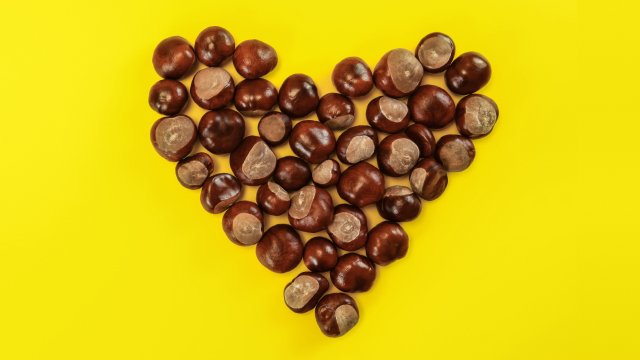Introduction
Chestnuts are a type of nut that has been eaten for centuries, but they’re not quite like other nuts. They grow on trees and look like small, pointy balls. It’s easy to tell when chestnuts are ripe. They fall from the trees when they’re ready to be harvested (this is called “falling off the tree”). You can tell if a chestnut is fresh by its feel: a fresh one will be firm and heavy in your hand. While an old or rotten one will feel light and soft.
The difference between chestnuts and other nuts
Chestnuts are not nuts. They are a member of the sweet chestnut family and are related to apples, peaches, plums, and cherries.
They contain more starch than other nuts. So if you’re looking for something to add some extra fluffiness to your baked goods or sauces, chestnuts may be right up your alley!
What are some ways you can prepare them?
- Roast them in the oven. Roasting is a great way to bring out the nutty flavor of chestnuts. You can roast them by themselves, or add other ingredients like squash or sweet potatoes for a more complex flavor combination.
- Add them to soups and stews. Because they’re so small, you can use chestnuts as an ingredient when making soup or stew without having to worry about them taking up too much space in your dish—they’ll add just enough sweetness and crunch. If you don’t want your soup or stew to take on too much of a nutty taste, try boiling the peeled chestnuts first before adding them into your recipe!
- Make a puree out of them and use it instead of mashed potatoes on Thanksgiving Day (or any other day). This is probably one of our favorite ways that we’ve found for using chestnuts: They have such an intense flavor compared with mashed potatoes that there really isn’t anything else like it! If you’re looking for something different than plain old mashed potatoes this year but don’t want anything overly complicated either then give this one a try because we promise that once people see how delicious these taste they’ll be begging us every year from now until forevermore about why didn’t anyone ever tell us about these sooner?
How do you roast chestnuts?
There are a few different ways to roast chestnuts:
- In the oven. Preheat your oven to 400 degrees F, then cut an X on the flat side of each chestnut and place them in a baking dish. Roast for 15 minutes or until golden brown, shaking the pan every 5 minutes.
- On the stovetop. Heat a large pot over medium heat and add a splash of water or vegetable oil to prevent sticking; once hot, add as many shelled chestnuts as will fit comfortably in one layer with no overlap (about 5–6). Cook for 2–3 minutes per side until they’re golden brown and give off steam when you pierce them with a fork at their thickest point; transfer directly into bowls as they finish cooking so they don’t cool down too much before serving! If you like spicy food (and who doesn’t?), sprinkle some smoked paprika over top before serving—it pairs perfectly!
What makes a chestnut no longer edible?
To minimize the time between harvesting and eating your chestnuts, you should store them properly. Otherwise, they will begin to rot before they can be eaten.
A chestnut will start to rot if it is not stored properly. If a chestnut begins to rot, it is no longer edible. To make sure that your chestnuts don’t spoil as quickly as possible, you should store them in an airtight container such as a bag or jar with an opening large enough for circulation but small enough to keep out insects and other pests that could destroy them (such as mice).
Chestnuts aren’t like other nuts, but they’re delicious and easy to prepare.
Chestnuts are often not considered to be nuts at all, but rather a fruit. And if you’ve never tried them before, you might be surprised by their taste. Chestnuts have a sweet and nutty flavor that makes them especially delicious when roasted or boiled. They can also be eaten raw in salads or stir-fries, but keep in mind that chestnuts are very hard and require some preparation before eating.
In fact, you’ll want to prepare for the season so that when it arrives you’re ready with recipes for cooking chestnuts and other ways to enjoy them (more on those below!). If you don’t have much time on your hands during this busy holiday season and would prefer someone else do the work of preparing your chestnuts—or any other food item—just head over to our website where we offer delivery service right up until Christmas Eve!
Conclusion
The bottom line is that you should eat chestnuts when they’re young, green and soft. You can enjoy them on their own or with other foods. You can also make chestnut flour for baking and cooking if you have a grinder at home.
